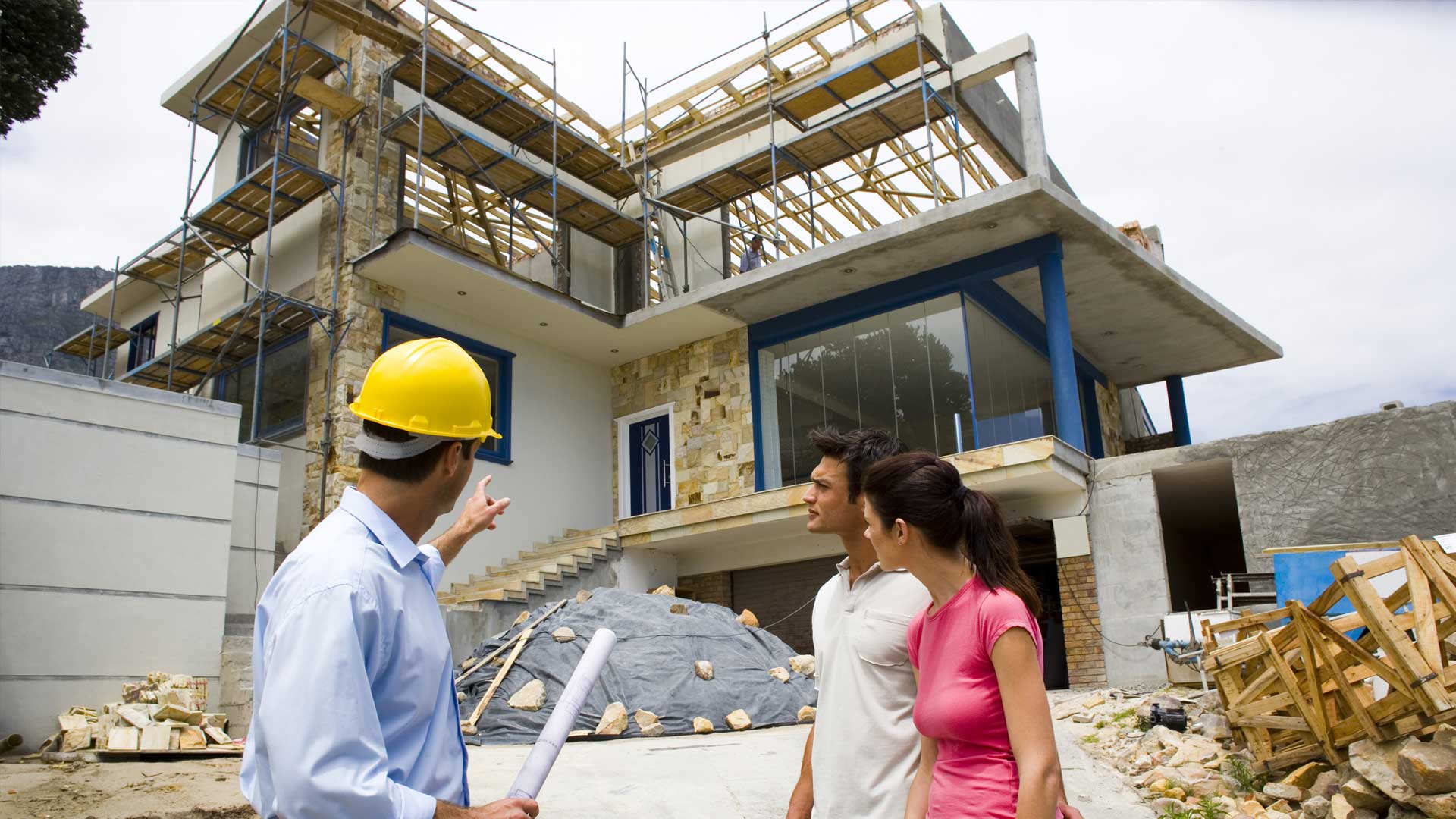Have you ever driven by a construction site and witnessed dumpsters filled to the brim with scrap metal, unused wooden planks, and plumbing materials? If you did, you’ve gained an inside look into the alarming amount of waste construction companies generate on a daily basis. While these discarded materials may seem standard with a project of this magnitude, you should know that construction waste has become a bit of a problem in recent years.
In 2005, the EPA reported that American construction companies wasted over 170 million tons of construction materials. If these findings devastated you, take a second look at the amount of waste recorded in 2016 and 2017. During 2016 and 2017, construction companies were responsible for 561 million tons and 569 million tons of garbage, respectively. That’s an astonishing increase of 332% in just one decade.
With these alarming figures in mind, it’s time for the world to adopt eco-friendly lifestyles and take measures against growing landfills. It’s no longer feasible to continue depleting the Earth’s resources to support human needs. The time has come for earth’s residents to do their part to shift our environment’s trajectory and reverse the damaging effects of excess waste.
If you’re in the process of constructing a new home or refurbishing an existing one, you can do your due diligence to protect the planet. You can start by demanding your construction team builds with the intention of waste reduction. For an eco-friendly house plan, consulting a company like Monster House Plans could be very beneficial; they have thousands of house plans designed by experienced architects.
If you’re willing to do your part to limit waste by insisting on eco-friendly materials and home design, you can become part of the solution. In the end, you’ll discover it was worth the effort. Below, you will find some eco-friendly tips worthy of consideration during your construction project.
Prefab Homes
Tradition dictates that construction workers go to construction sites to build homes. In recent years, experts have realized that might not be the most efficient way to build a house. Additionally, these on-site construction projects are often a major culprit of excessive waste.
With the upcoming generation of working professionals prioritizing efficiency more than ever, the prefab home revolution has ensued. By building home components in a factory setting, it becomes easier to control waste. How?
Firstly, pre-programmed machines do a much better job than humans in following specs and avoiding mistakes. The amount of waste produced by construction-projected-related errors is incredibly unsettling when one considers how machines rarely make mistakes.
Secondly, manufacturing plants are the site of construction for prefabricated homes, which are well-controlled environments. As such, it’s easier for workers to monitor the manufacturing process and account for all excess materials. Additionally, it’s quite common for factories to strike deals with raw material providers. In these arrangements, factories send wasted raw materials for recycling to material providers in exchange for discounts.
Finally, prefabricated homes earn their eco-conscious title, given that these manufacturing companies usually work with smaller profit margins. To maintain profitability, these companies have to focus on avoiding waste or suffer undesirable financial consequences.
Repurposing and recycling
The concepts of repurposing and recycling aren’t foreign to most. Working professionals in various industries have adopted these practices for years on both large and small scales. If these processes will work with clothing and packaging material, it stands to reason it would work in the context of larger corporations.
If your construction company is interested in reducing waste in the spirit of minimized costs or eco-friendliness, there are few simple solutions a company can consider. For instance, construction workers can repurpose every extra piece of wood and drywall and utilize these raw materials in other projects. Bent nails could also be melted down and manufactured into other metal products. These construction companies can even recycle carpeting and flooring.
Repurposing and recycling are all about looking for cost-effective solutions to complex problems. If you’ve set your attention on profitability, the motivation to reuse construction material should be present.
Addressing health and safety concerns
Science has done an excellent job of encouraging raw material manufacturers to develop materials that reject earth-decaying toxins and pollutants. When using non-toxic paints, solvents, and building materials, home developers can create homes that offer clients a safer environment. With a minimized risk of developing certain cancers, homeowners can enjoy their custom living spaces worry-free.
If you’ve determined that limiting waste isn’t worthwhile pursuit financially, you can adopt an eco-friendly approach to home construction in health and safety’s name. Don’t expose your clients to potentially life-threatening illnesses. Invest in non-toxic building supplies.
Water conservation
It’s easy to forget that clean water is an invaluable (and non-renewable) resource. Because construction sites don’t need to use purified water, construction companies should focus on using unconventional water resources like rainwater and the HVAC unit’s condensation as a means of water conservation. These readily available resources don’t require additional funds and are generally hassle-free.
Wrap-up
After decades of abusing the planet for human benefit, it’s time to invest in eco-conscious initiatives to protect our environment from imminent doom. Thanks to new eco-friendly technology, you can achieve the dream home you desire while paying homage to Mother Nature.


